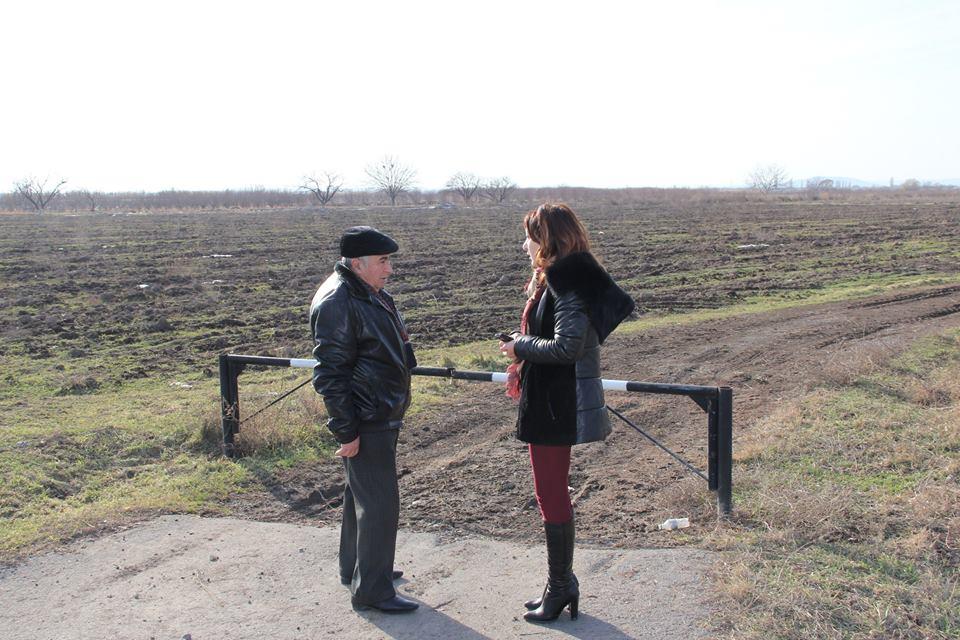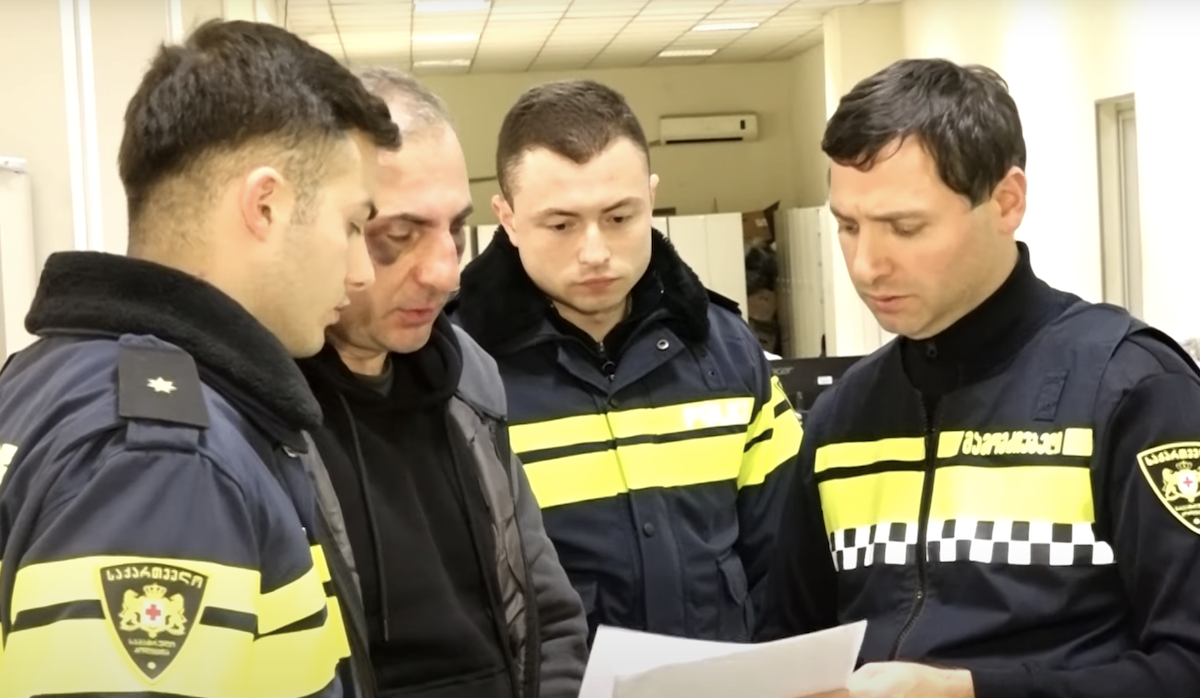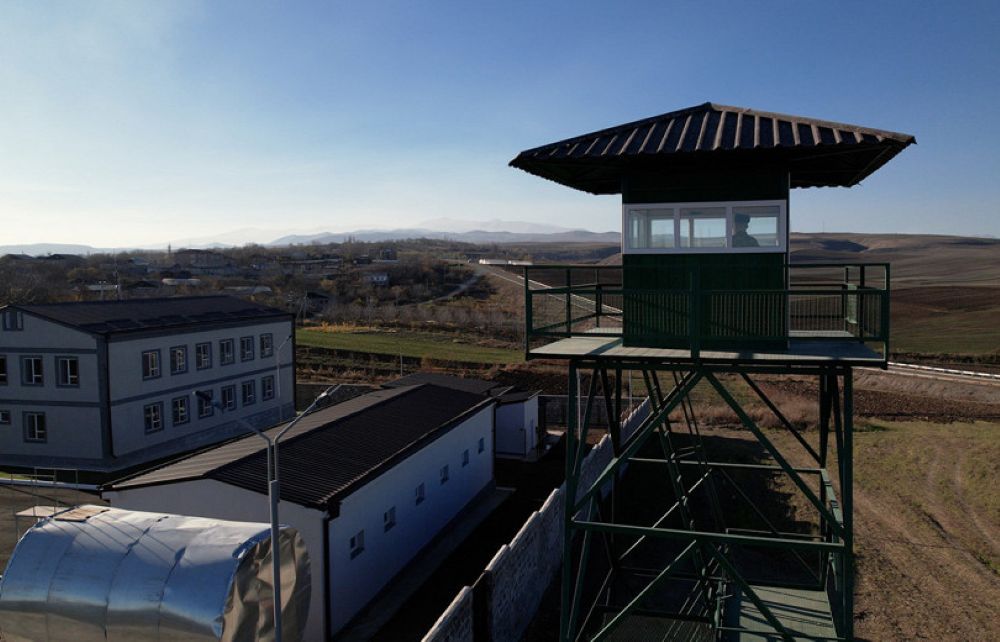Pest with a beautiful name
Phylloxera has destroyed over 20 hectares of vineyards
Ashot Sahakyan, resident of Norapat community, Armavir region, is outraged and surprised. He is outraged by the fact that soon everyone will start cultivating their gardens and he will not. And he is surprised, as his garden had been destroyed because of phylloxera, while the areas that were infected by this pest later, were not even touched, the owners were allowed to decide themselves what to do with them.

In Ashot’s words, the planters will soon begin digging and pruning the vines, whereas he is not allowed even to approach his plot for at least 3 years.

The 6.5hectare area of the destroyed vineyard, owned by Ashot and three of his neighbors, is now under the supervision – three-year quarantine has been announced there. Only after this period, the garden owners will be allowed to cultivate their plots.
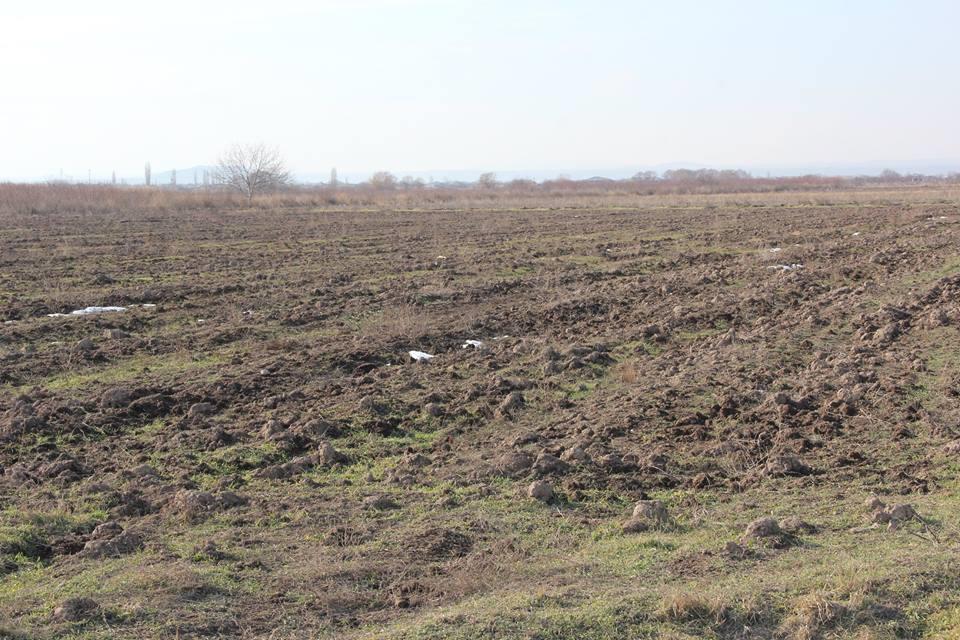
Under the contract, in the fourth year, the land owners will be able to start cultivating one-year plants, and only in the fifth year they will be allowed to garden.
Grape phylloxera first appeared on 3.5 hectare vineyards of Guy community, in the Ararat valley, in 2009. People in the region did not know anything about this pest; experts studied the situation and found that epiphytoxics was of focal nature. It was decided at the national level to prohibit the owners of infected orchards to cultivate the land for 3 years and to provide them with an annual compensation amounting to AMD 1 million (about US$2 thousand) per hectare.
Under the government’s decision, Ashot received approximately US$6thousand for his 1hectare land plot and he is not happy about it at all. In his words, he used to crop the average of 17-20 tons of grapes annually. Under the most conservative estimates, even if he had sold all grape crops to procurers at AMD 150 (US$0.30) per kilogram, he could have earned about US$6 thousand a year – the same amount he received for a three-year non-productive period.
Later, the focal points of phylloxera were also found in other communities of Armavir region. As a result, over 20 hectares of gardens in Akhavnatun, Guy, Norapat communities, were destroyed.
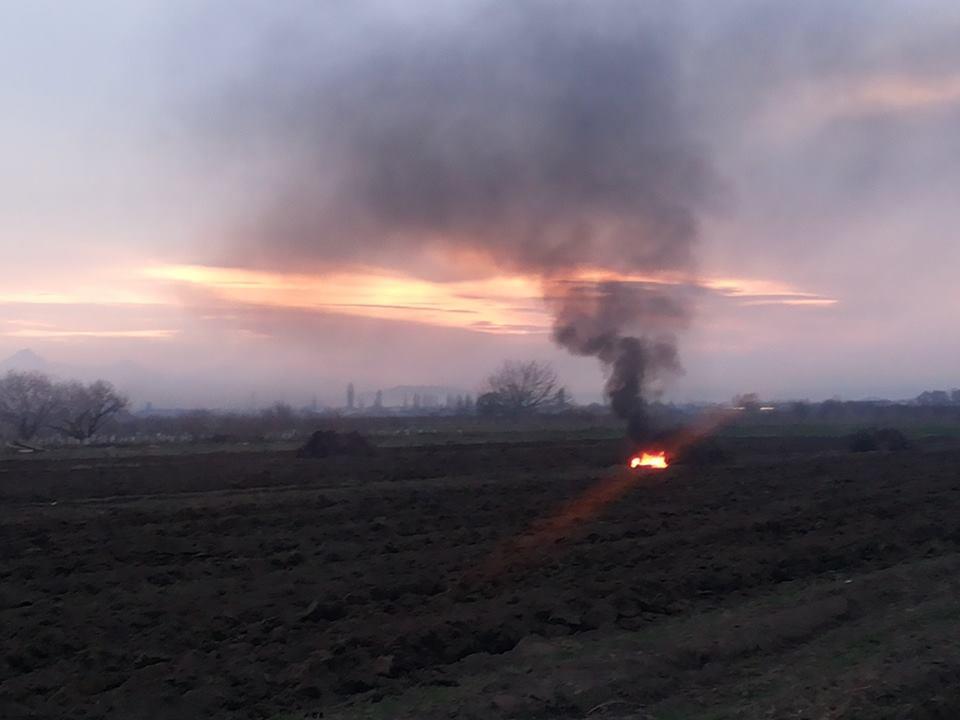
That’s how the infected vineyards were destroyed
What is phylloxera
Phylloxera – grapevine aphid, hardly visible for an unaided eye. There are root, leaf, winged and bisexual forms of phylloxera. The root form of phylloxera lives in the vine roots. In Armenia, the root phylloxera was found, which is the most aggressive and difficult to deal with. Phylloxera is developing very quickly and can spread within the range of up to 50 km from the focal point of infection.
In winter, Phylloxera nymph hibernates in vine roots. It emerges in spring and sucks the vine sap. Each female lays 45-255 eggs and produces 5-6 generations per year. The disease can develop in different layers of the earth, at a depth ranging from 10 cm to 4.5 m. Phylloxera is an infection that can spread only in the vineyards, as it can develop only in vine roots.
There are about 7 thousand hectares of vineyards in Armavir region
Up to date, the focal points of infection have been found in many communities in the region, however, the national approach has changed – elimination of gardens is now optional.
The matter is that the infected area is so huge that the state is unable to eliminate all the gardens, providing pecuniary compensations.
Experts rapt in contemplation
Lyova Alexanian, Director of the Regional Agriculture Support Centre (RASC), believes that elimination of gardens poses threat not only to further existence of Armenian grape varieties, but to the popularity of Armenian wine and brandy.

Alexan Mkrtchyan, the Head of Armavir Regional Center of the State Food Safety Service, is sure that we should learn how to deal with this plague and to live with it. The Head of the center refers to the experience of the USA, which is considered to be a birthplace of phylloxera, as well as that of several European countries. If we look up to their experience, the time has come for Armenia to start planting phylloxera-resistant grape varieties.
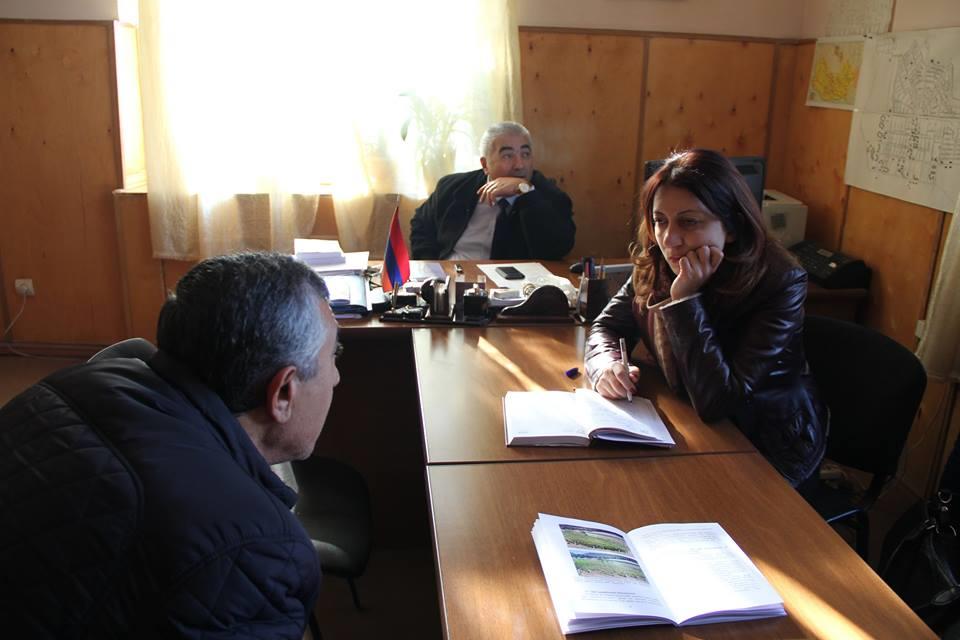
The Regional Agriculture Support Center calls for combating phylloxera and preserving traditional Armenian grape varieties at any cost. According to the center’s experts, with proper care, an infected garden can bear crops for 25 years.
Specialists of the Regional Center of the State Food Safety Service believe that if gardens are preserved, the crops will be dropping from year to year and thus Armenian wine and brandy production will be affected. They suggest to start planting the varieties that are resistant to phylloxera.
According to David Kazaryan, a phytosanitary inspector, transition to new grape varieties will proceed ‘in parallel’. New vine cuttings will be planted next to the infected vines, and the infected vines will be destroyed only after 4-5 years.
Artur Asatryan, another expert of the same center, suggests grafting Armenian grape varieties upon new, phylloxera-resistant cuttings.
Armenian grapes or hybrid?
The experts of both, the Regional Agriculture Support Center and the State Food Safety Service, are convinced that the Armenian grape varieties will be affected anyway.
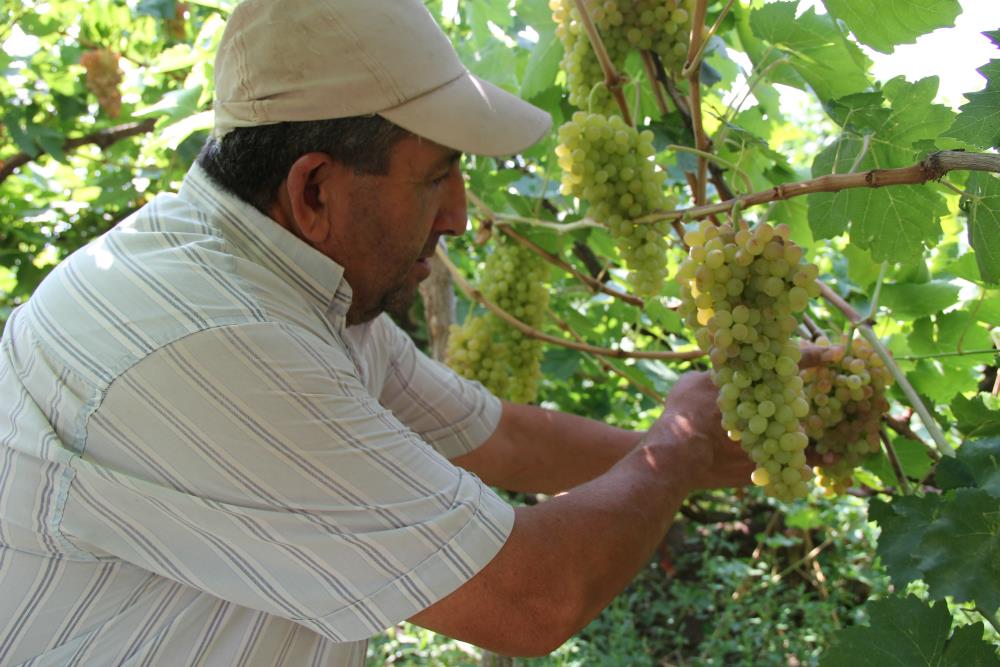
The grafting method will maintain only the habitus of grapes, but the taste and quality properties of the variety will undergo significant changes. Mekhak Mkrtchyan, a phytosanitary inspector, explains that it is necessary to accept the fact of infection, none of the solutions to the existing situation, that are being discussed at the moment, will help preserve the Armenian grape varieties, and this will also have an impact on wine and brandy production.
Guidelines for monitoring, identification and combating phylloxera
Since reconciliation with the existence of phylloxera has become the only way out, the phytosanitary experts of the State Food Safety Service have developed the guidelines and will teach the winegrowers how to combat the infection.
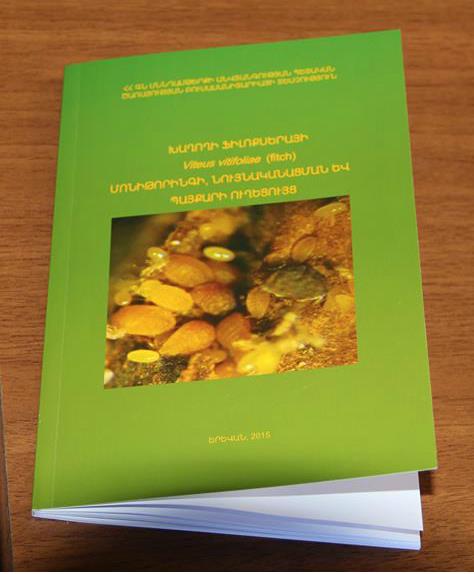
Abraham Hakobyan, a phytosanitary inspector, says that the methods of combating the infection have been developed based on the experience of the European countries. At the same time, he finds it difficult to make any projections on whether the experience of the European countries, with their milder climate, will work in a hot, semi-steppe climate of the Ararat valley.
It took Armenian experts 7 years to estimate the severity and scope of the disease
As a result, many families have been affected. A three-year compensation does not even partially solve the problem. It will take Ashot another 5 years and huge investments to plant a new garden. And what will Ashot’s family live on during these 5 years? The government has not thought about it.
